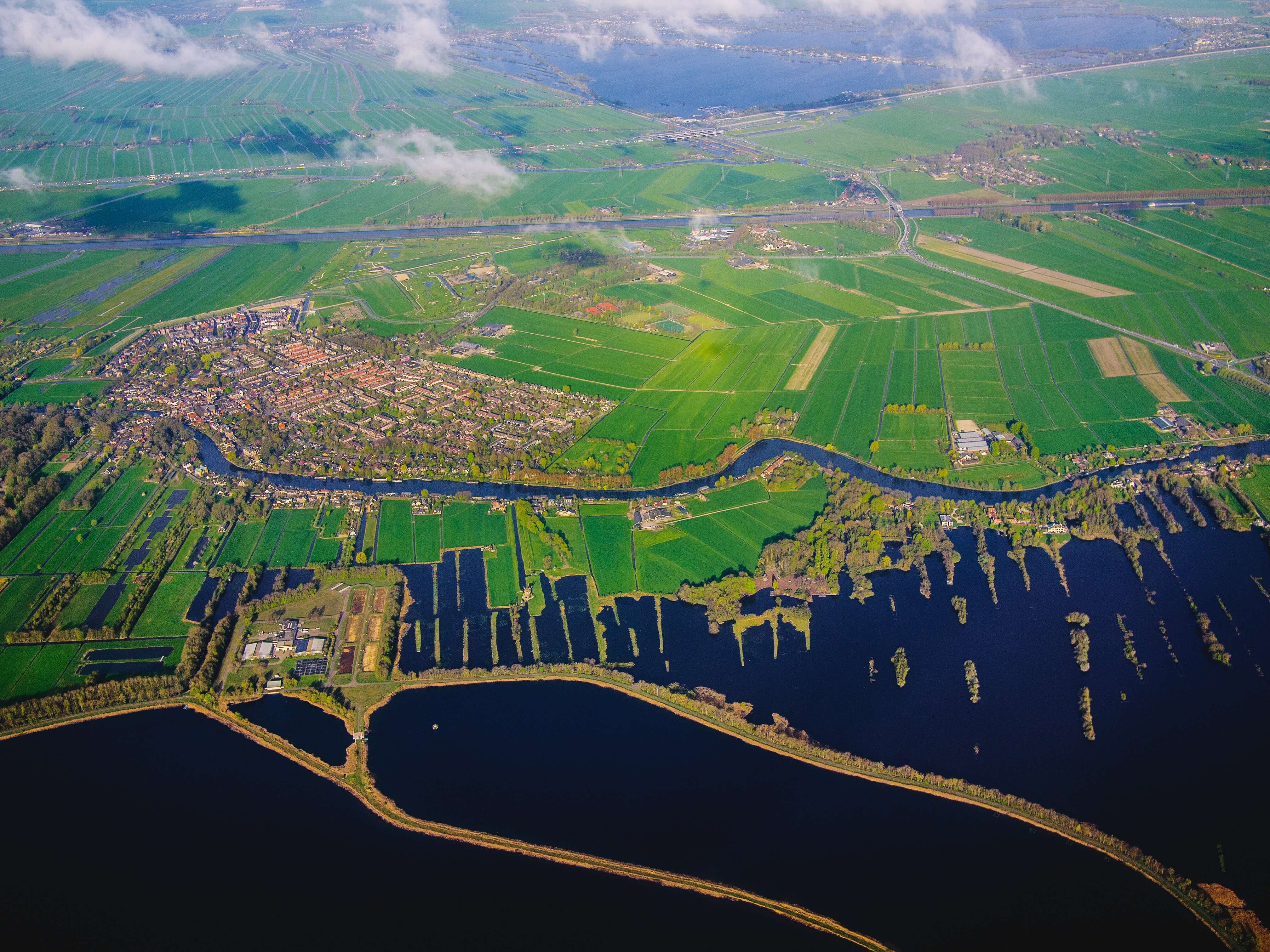Despite being prohibited by the prefecture, up to 10,000 people have gathered in Sainte-Soline, Deux-Sèvres, to protest against the “mega-bassines” project. The project consists of constructing 16 large reservoirs to store water for agriculture, a move supported by the state and 450 farmers in the area. However, opponents argue that the project would allow agribusiness to monopolize the water supply during climate change and call for a moratorium to launch a “real territorial project” on water sharing.
The protest, organized by the “Bassines non merci” collective, the ecological movement “Soulèvements de la Terre,” and the Confédération Paysanne, is expected to be heavily policed, with 3,200 law enforcement officials mobilized. However, the protest is also expected to draw 1,500 “violent activists,” some of whom have already launched actions, such as attacking police barricades and briefly occupying a TGV line. Weapons were seized before the protest, including petanque balls, slingshots, incendiary products, knives, and axes.
Droughts Are Expected To Occur More Often
According to climate scientists, due to climate change, the frequency of droughts is projected to increase in the coming decades. This is due to rising global temperatures, which can lead to more frequent heat waves and changes in precipitation patterns. In some regions, such as the Mediterranean, southern Africa, and parts of Australia, droughts have become more frequent and intense in recent years, causing severe social and economic impacts, including crop failures, water shortages, and forest fires.
One of the most significant impacts of droughts is on agriculture, which relies heavily on water availability. As droughts become more frequent and severe, farmers may struggle to maintain their crops, leading to reduced yields and economic losses. In addition, water scarcity can also lead to conflicts between different sectors, such as industry and agriculture, as well as between different regions and countries. Therefore, governments and policymakers will need to take proactive measures to mitigate the impacts of droughts, such as investing in water conservation and management, implementing drought-resistant crop varieties, and improving water governance to ensure equitable distribution of water resources.
An Equation To Find
Balancing the water needs of agriculture with those of the rest of the population can be complex and challenging. Agriculture is often the most significant water user in many regions, accounting for up to 80% of water consumption in some areas. However, agriculture is critical for food security and rural livelihoods, particularly in developing countries. Moreover, as the world population continues to grow, the demand for food is expected to increase, further exacerbating the water demand from agriculture.
On the other hand, population growth, urbanization, and industrialization also increase the water demand, leaving less water available for agriculture. Water scarcity can lead to conflicts between different water users, and balancing competing water demands requires careful management and planning. One approach to addressing this challenge is water governance, which involves coordinating water use among different sectors and stakeholders, including farmers, industry, and households. Water governance can also involve pricing mechanisms and other incentives to encourage more efficient and sustainable water use across all sectors. Ultimately, balancing water needs between agriculture and the rest of the population will require a multi-faceted approach considering social, economic, and environmental factors.
Photo by Daria from TaskArmy.nl on Unsplash



1 Comment